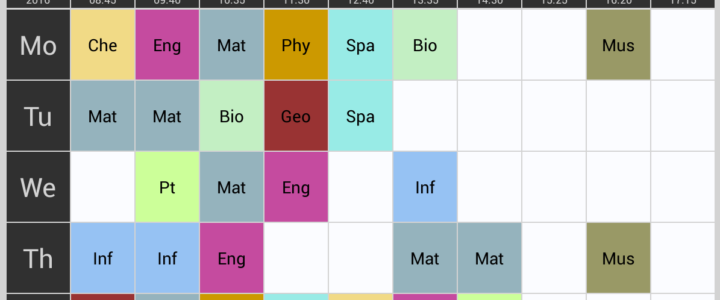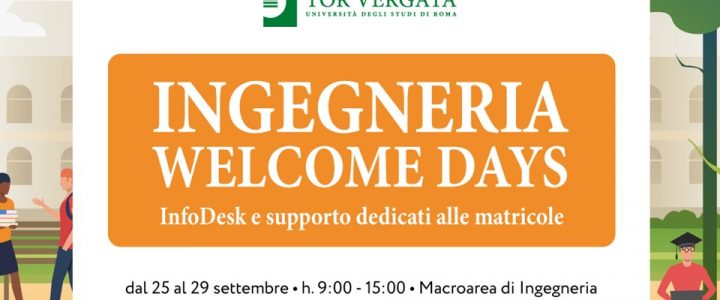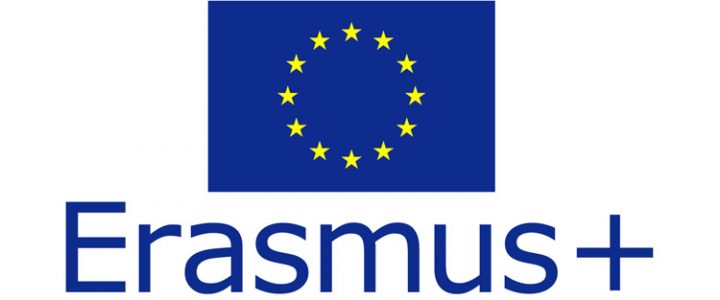
- Fill in the FORM and verify that you have entered your email address correctly. If the request is successful, you will receive a summary email; if this confirmation does not arrive, please get in touch with the support office365@supporto.uniroma2.it.
- The Welcome Office will approve the request.
- You will receive an email with a username and password to log into Teams.
- Connect to Teams from WEB (https://teams.microsoft.com), log in, and set your password.
- Download and install the Microsoft Teams app.
- To join the class in Teams of your attendance course, insert the code or Teams link.
JOIN TO MECHATRONICS ENGINEERING TEAMS (DIDACTIC OFFICE)
code MS TEAMS: hr5sw4o
JOIN to Microsoft TEAMS MANAGEMENT OFFICE channel for all students of the 1st year.
Send your MS Teams email address (xxx.xxx@students.uniroma2.eu) to simona.ranieri@uniroma2.eu, asking to join the following channel:
STUDENTS 1 year 23-24 Mechatronics
Support Contact:
office365@supporto.uniroma2.it
welcome@uniroma2.onmicrosoft.com
Contact the Welcome Office by email: welcome@uniroma2.eu
Book an in-person appointment: https://prenotazioni.uniroma2.it/welcome-office/
 UNIVERSITA' DEGLI STUDI ROMA "TOR VERGATA"
UNIVERSITA' DEGLI STUDI ROMA "TOR VERGATA"





